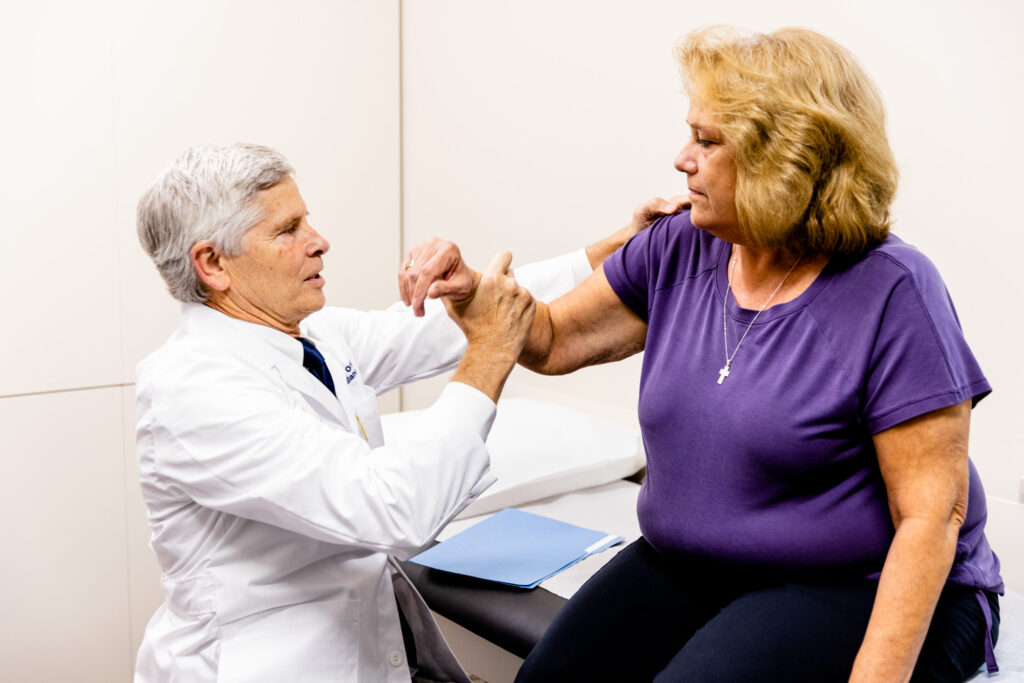Pros and Cons of Joining the Military
Rotator-cuff tissue provides easy and comfortable movements of both shoulder and arm movement. Composed of muscles and tendon, its role is to secure arm bones within their socket in your shoulder socket. When torn, shoulder muscles become painfully difficult to finish using. Tears typically result from repetitive actions or overstrain; participants in repetitive sports, like baseball or those lifting heavy objects can increase the chances of experiencing injury – as can professionals moving heavy items around frequently.
One effective option to repair tears in the rotator cuff is surgical repair; however, this procedure comes with many potential advantages and drawbacks; to learn more, continue reading.
Pros and Cons of Rotator Cuff Surgery
Surgery may be suggested by your physician as one option to address injuries to the rotator-cuff, however before making this important decision it’s essential you carefully weigh its benefits and drawbacks before making a final decision on surgery. Don’t rush this decision as its implications will impact on you long after its conclusion has taken place.
- Shoulder Surgery Could Fix Tears When nontraditional approaches fail to heal shoulder tears, surgery could be your most viable option for repairing your rotator-cuff tear. Surgery offers numerous potential advantages when performing on injured rotator-cuffs – it has the power to heal any tears present but may not guarantee permanent fixes;
- Surgery Could Pose ComplicationsThere’s always the possibility that treating your rotator cuff tear with surgery could pose complications; while its odds may be relatively small, you should still remain cognizant of any possible adverse outcomes before making your final decision about undergoing surgical procedures. While likely risks should not become overwhelming factors when making informed choices.
- Scar tissue formation during surgery is common, especially since incisions traverse multiple layers of tissues to access your area of injury. Your body often creates scarring around injuries as well as where incisions were made; without appropriate preventive steps taken beforehand, scar tissue may harden over time making daily activities challenging to navigate safely.
- Timeframe of Recovery after Surgery. Recuperation can take weeks or even months following any procedure and depends on several factors including age and activity level of patient. Recovery could even take months before patients feel completely comfortable moving their shoulder again.

What other treatments exist to provide relief to patients suffering from ruptures of their rotator-cuff? What are their potential advantages and disadvantages?
- Physical therapy – Physical therapy can be an extremely effective solution to treat numerous injuries and conditions, including rotator cuff tears. Benefits of seeking physical therapy treatments to address such an injury include long-lasting effects such as strengthened muscles and greater mobility; treatments tailored specifically for your pain threshold level; as well as holistic approaches that address body systems rather than signs. However, one potential downside could be delays before seeing desired results are achieved through physical therapy therapies.
- Corticosteroid Injections – Corticosterroid injections may provide one possible remedy to those suffering with tears to the rotator-cuff. Their benefits include being less surgical as surgery and not needing time-to-recover; additionally they will reduce inflammation and pain on your shoulder while decreasing inflammation over time. One potential drawback may be corticosteroids may become ineffective over time and require multiple injections in order to keep impact going strong.
